Seafood Market Unsettles Over Fukushima Wastewater Release
08 September 2023
The science behind releasing Fukushima wastewater along with the ban on Japanese seafood and alternative solutions for this market.
The fear of radiation in seafood
On August, Japan officially discharged nuclear wastewater from the Fukushima Daiichi Nuclear Power Station into the Pacific Ocean. This event has sparked a wave of anger from consumers and seafood traders, especially in Japan, China and Korea.
Just a few hours after Japan’s decision, China imposed a ban on the seafood imported from all 47 provinces of this country, citing concerns on consumers’ health. A series of protests also took place in Japan and Korea. Many European purchasers were even requesting information from US seafood exporters about their Pacific Ocean-originated products to verify the contamination while they were fishing hundreds or thousands of miles away from the Japanese area.
Impacts on the fish market and appeasement from scientific perspective
At large markets, many customers expressed that they will not eat seafood in the future and switch to freshwater fish to protect the health of their families. Because of such anxiety, seafood prices along with revenues from this industry have dropped sharply and fluctuated continuously since the event took place.
However, the IAEA (UN’s International Atomic Energy Agency) has published a report stating that radiation levels in seawater around Japan were still within safe limits according to WHO. This report provided real-time data on controlled releases of treated water, including water flow rates and radiation monitoring.
The IAEA also indicated that contaminated water will be processed and diluted through a filtration process called Advanced Liquid Processing Systems (ALPS) and tritium concentrations in the wastewater are below 1,500 Bq/L which is six times lower than the 10,000 Bq/L radioactive limit set by the WHO for drinking water.
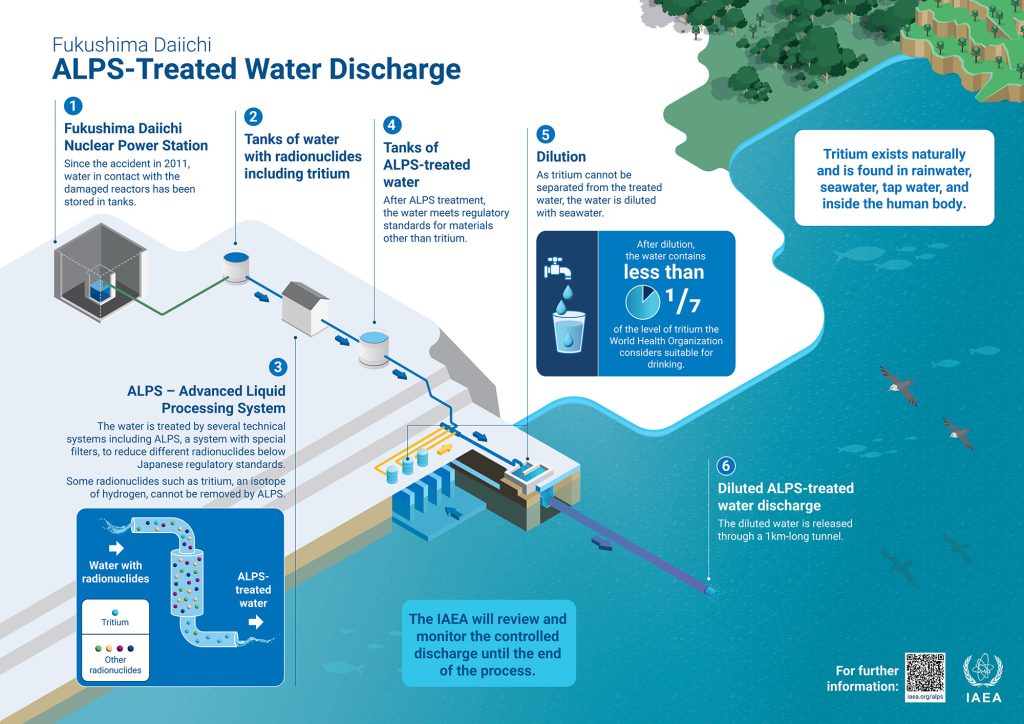
The ideal products ensuring adequate nutrition for replacement
Nevertheless, opposition from consumers cannot be alleviated quickly. Among a series of seafood safety concerns, what would be the ideal replacement product ensuring nutrition for consumers? A bright candidate for this demand is Pangasius – a freshwater whitefish – proposed as the top choice in many large markets such as the US, UK and EU.
Pangasius, otherwise Swai fish or Basa, is well-known and popular thanks to its remarkable nutritional qualities. This is an exceptional source of lean protein, vitamins and minerals which are essential nourishment for humans. In several imported regions, this fish is generally embraced as a price-affordable alternative to cod or haddock with a comparable taste and texture that appeals to many people.
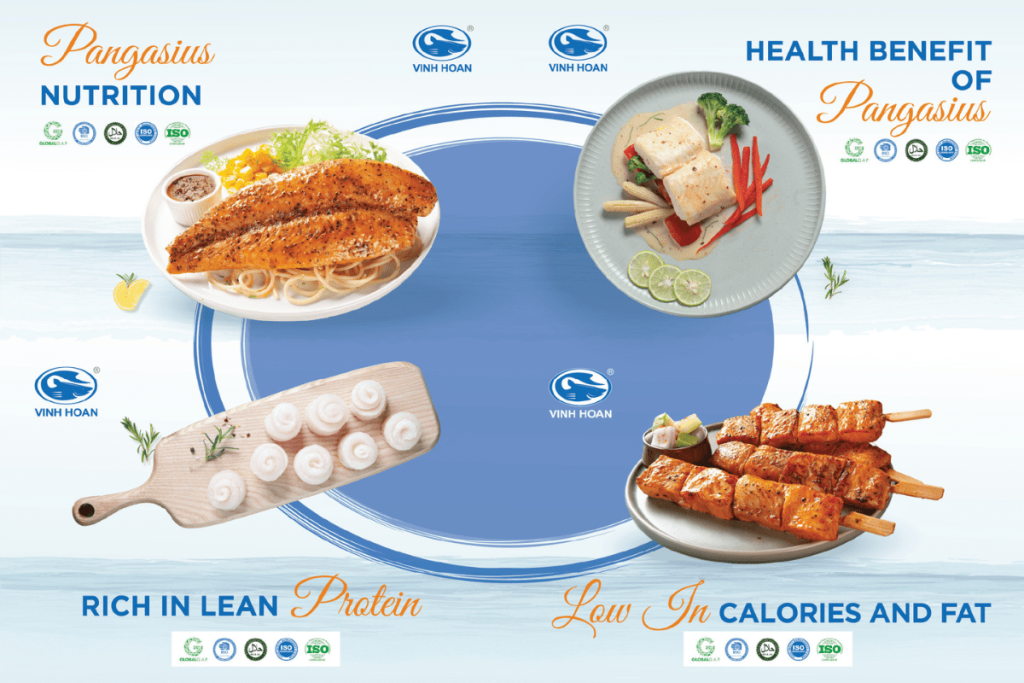
Boasting years of continuous leadership in the Pangasius export industry, Vinh Hoan currently produces and offers a wide range of products from frozen fillets to ready-to-eat series.
Some dishes made from Vinh Hoan Pangasius products include Breaded Multigrain Fish Portions, Pangasius Fish Cake, Garlic & Butter Marinated Fish Fillet, Tikka Marinated Fish Skewers.
In addition to being delicious and nutritious, all products are produced, supervised and verified through strict procedures, ensuring clear traceability and safety for consumers’ health.

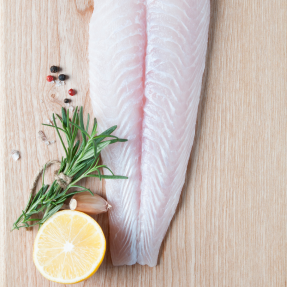


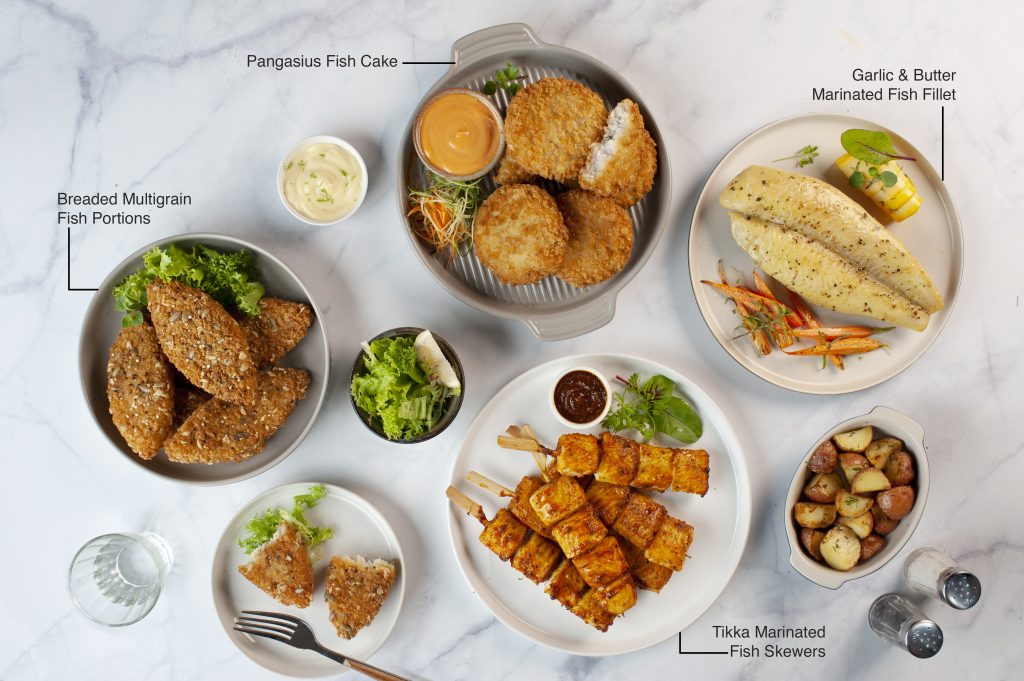

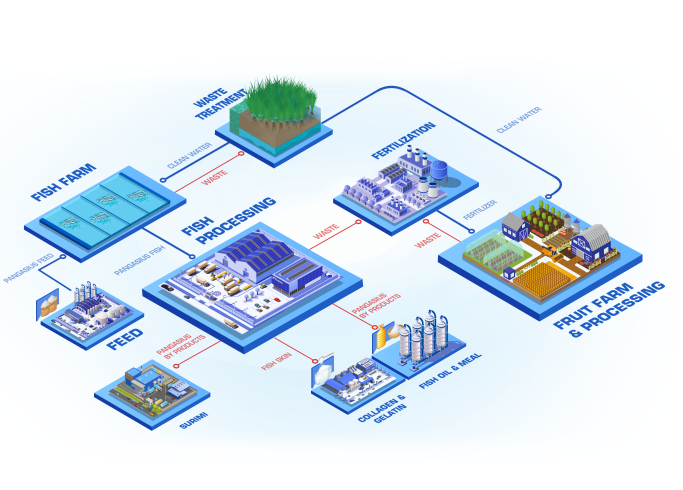
![Demystifying Pangasius: Debunking Common Myths and Misconceptions 7 41 [All in Fillets] 2901 1 HIGH](https://www.vinhhoan.com/wp-content/uploads/2024/06/41_All-in-Fillets-2901-1-HIGH-683x490.jpg)



